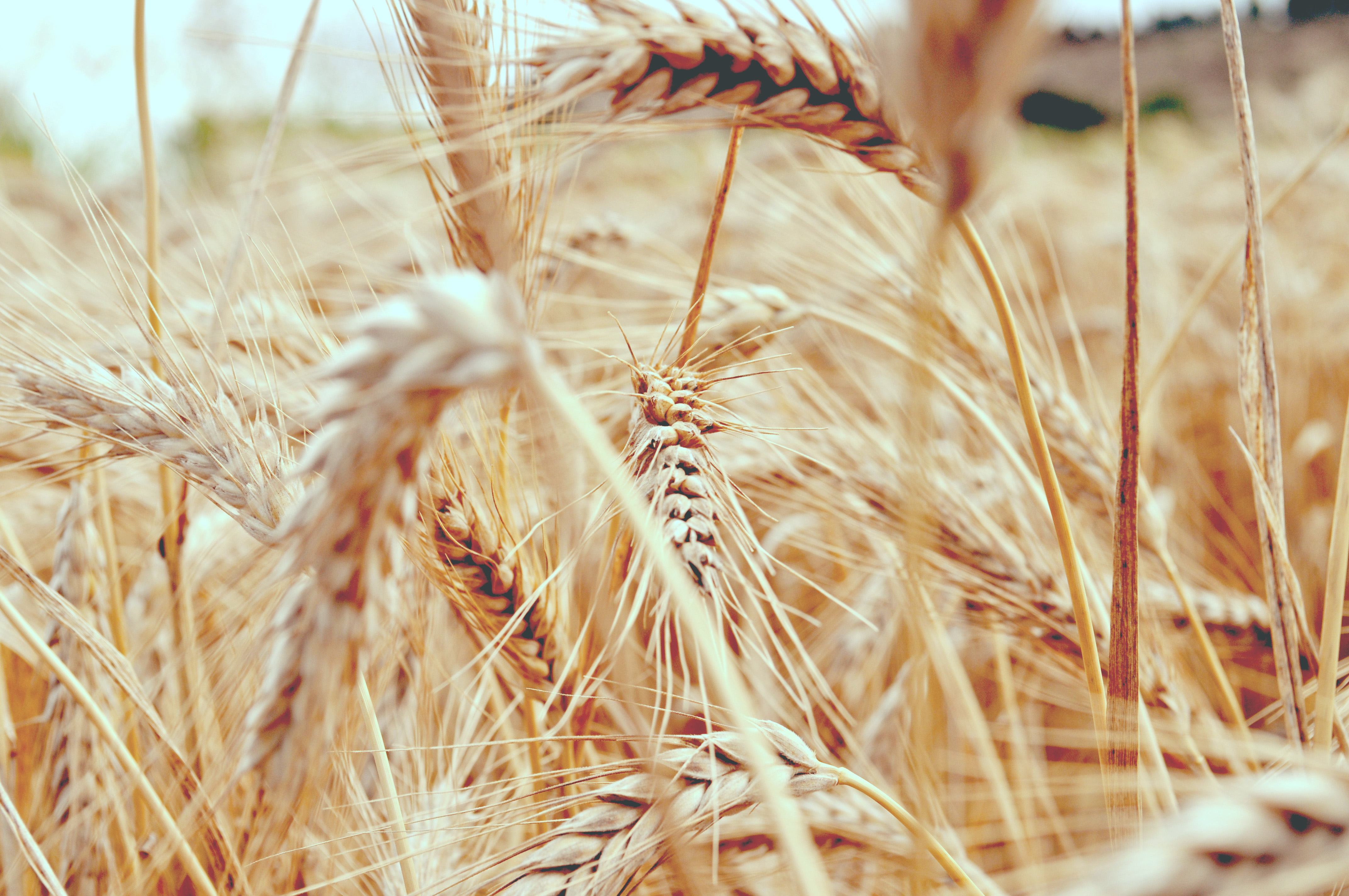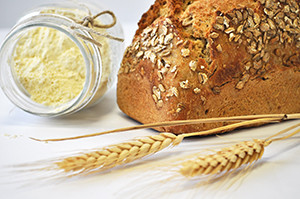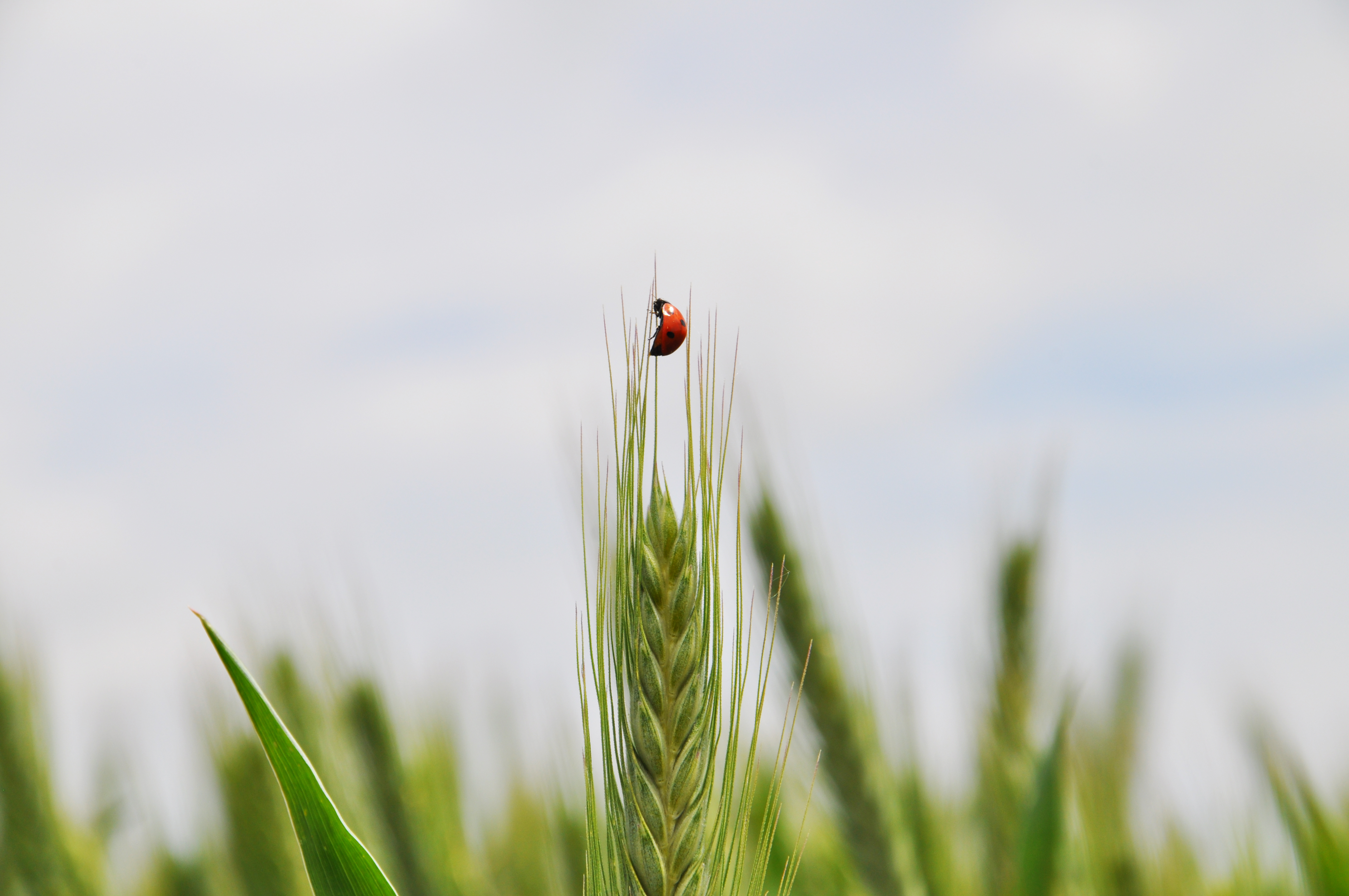Share This
A new hybrid crop, called tritordeum, has recently started hitting European markets, and I don’t know about you, but our team of veritable “grain geeks” can’t wait to taste it. This new crop was created by Spanish researchers by combining durum wheat (Triticum durum) with a wild barley variety (Hordeum chilense) native to Chile and Argentina in an effort to pair the digestibility of barley with the globally-beloved taste of wheat.
Similar to triticale—a hybrid of durum wheat and rye (Secale cereal) developed in the 1970s—tritordeum has been hybridized using traditional breeding techniques and has not been genetically modified. Like wheat, tritordeum is well-suited to growing conditions in the Mediterranean region and is currently being grown both organically and conventionally in Spain, Italy, Greece, and the South of France. It’s now available on grocery shelves in at least 10 European countries and Australia, and the company commercializing it hopes its availability will continue to grow as more consumers and manufacturers become aware of it. We’ll keep you updated as this new grain (hopefully) makes its way to US markets!
A More Sustainable Crop
We often tout the benefits of whole grains for sustainability and environmental health, and the recent 2019 EAT-Lancet Report emphasizes the important role that whole grains will play in healthy and sustainable diets moving forward. So, we were excited to learn that tritordeum is being recognized for many of its agricultural advantages. In particular, this new crop has lower water requirements and a reduced need for fungicides and fertilizers compared with common wheat varieties, making it a very attractive addition to the agricultural landscape as global concerns about climate change reach an all-time high.
Dr. Pilar Barceló, managing director of Agrasys, the company commercializing tritordeum, described tritordeum as, “a robust cereal, adapted to the inclemency of climate change,” when speaking at the 11thEuropean edition of the Sustainable Food Summit in Amsterdam. “It stands up well to drought, high temperatures and flooding. The fact that Tritordeum makes efficient use of water and has good resistance to diseases, reducing pesticide usage, makes it a more sustainable cereal with reduced environmental impact.”
Adding to the Nutritional Variety of the Whole Grain Family
One of the wonderful things about whole grains is that each one offers a little something different when it comes to its nutrient content. This is why it’s good to eat a wide variety of whole grains, just as you would vegetables! When it comes to identifying what makes tritordeum unique, there are a few things that stand out. Firstly, it’s particularly high in oleic acid, a monounsaturated fatty acid associated with benefits for cardiovascular health, and lutein, and antioxidant that reduces the risk of eye diseases and gives the grain its buttery golden-yellow color. It also claims about 30% more dietary fiber than common wheat.
Additionally, it appears that tritordeum may have characteristics that could make it a little easier to digest than common wheat for people who experience non-celiac gluten sensitivity, though more research is needed. (It’s important to note that tritordeum does contain gluten, making it unsuitable for those who suffer from celiac disease). Tritordeum includes genetic characteristics from both durum wheat and barley, and has inherited reduced levels of some gliadin peptides, which are thought to be the gluten components responsible for gluten intolerance, a condition which affects a small portion of the population. Researchers studying the gluten components of tritordeum concluded that, “tritordeum may be of interest for those who want to reduce their gluten intake but do not require a gluten-free diet.”
We’re eager to see the availability of tritordeum increase as it makes its way into the broader food supply. In the meantime, we encourage you to write and tell us if you get a chance to try tritordeum in your travels! (Caroline)




Comments
Add a Comment